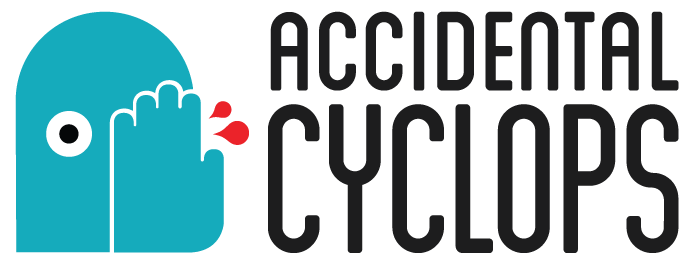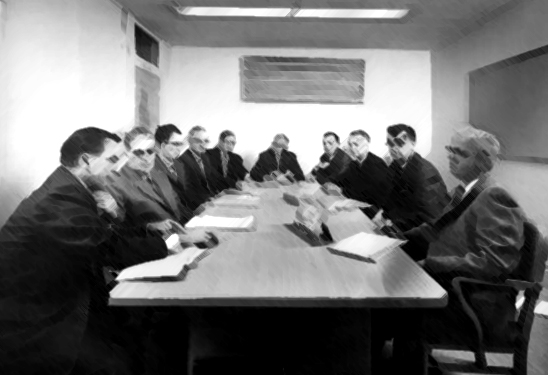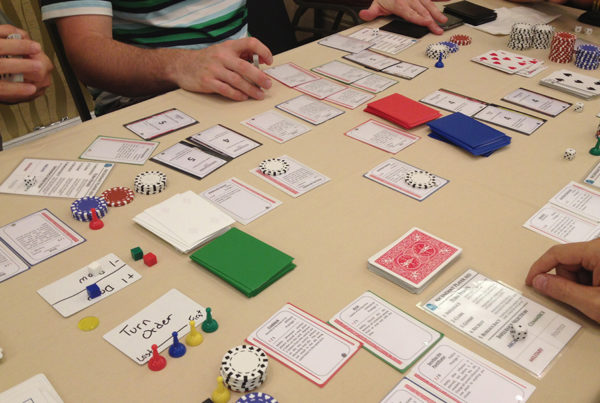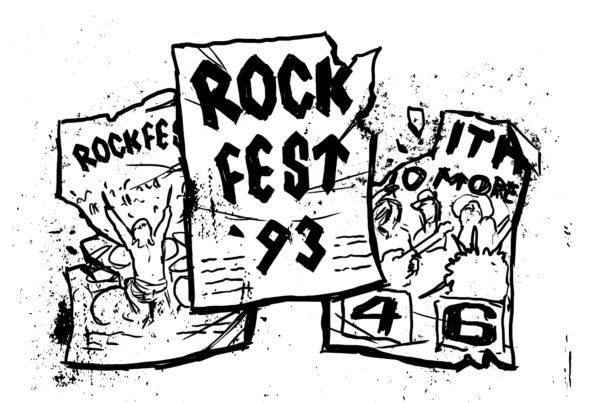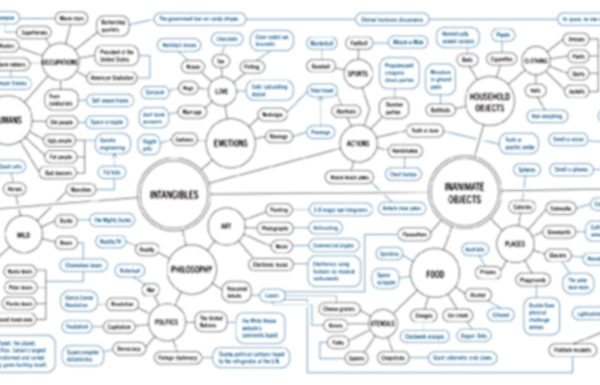By far the most daunting part of designing a game is coming up with the initial spark that will make the game intrinsically awesome. As Adam explains in his blog, coming up with a unique idea can seem nearly impossible. In fact, it isn’t even something that can be planned or accounted for. It sort of just happens, right?
Maybe not. Maybe, just maybe, you can create the opportunity for an awesome idea to appear. Here’s how we do it!
Pitching
We get a group of us together and challenge ourselves to come up with at least one idea each. The point is not to come up with a fully refined game design, but more to bring a concept that each of us likes individually to the entire group, and then riff on it.
Once the group comes together, we give ourselves a set amount of time. Maybe it is one week, maybe one month. It depends on how busy everyone is. After all, this is a hobby, not a job! This is called “time boxing,” and it is vital to keeping the process moving. Everyone commits to bringing at least one idea back to the group at the agreed upon time.
Divergence
The quality of the design is of little consequence. No one is being judged on how it looks, or even how it plays really, at this point. We all have the freedom to use whatever tools we have at our disposal and our individual talents to rough something together. I used spreadsheets, mini-figs and a dry erase mat. Mikey used index cards and sharpies. Adam used a better spreadsheet than mine and generic tokens. The only thing that matters is that the other team members get a sense of what makes the game design interesting and possibly worth pursuing.
Then we come back together with our ideas. That is when the pitching starts. Each member takes a turn, 30 minutes or so, to show the VERY low-fi design to the group. We tend to play through a few turns, reserving judgment but offering insights and ideas. We all know going in that what we bring to the table is bad, or at least not good. That is okay, because the group will make it better if the pitch goes well.
Convergence
Once we’ve been through the ideas at least once, we decide in a very free-form way which one(s) to pursue right now. The idea is that a small group will coalesce around the best, or most exciting, idea(s) and that they will then run with them. This might lead to multiple games and groups moving in parallel, which is great! It is critical that each team that comes together is passionate about the concept they are pursuing.
The convergence of the various ideas, with everyone having contributed to them, truly brings the feeling of teamwork and shared responsibility. It doesn’t really matter who had the initial idea, because chances are that the final product won’t resemble it much anyway. It is about starting a conversation. It is about setting the “yes, and” tone that leads to even better ideas.
It really takes an entire team that trusts one another, and that isn’t afraid of a little conflict, to move this methodology forward. Things can get heated at times, but even when they do we know that such conflict is based on a shared desire to come to the best game design in the end.
Having a team of committed and creative folks is a lifesaver that can keep an idea from languishing for years. No one wants to have to say “I’ve been working on this game design for seven years.” Maybe I’m a jerk, but every time I hear something like that it makes me think “someone should have told you it was bad a long time ago.” The accountability that a team creates is critical to pushing only the best ideas forward and keeping momentum in the game design process.
